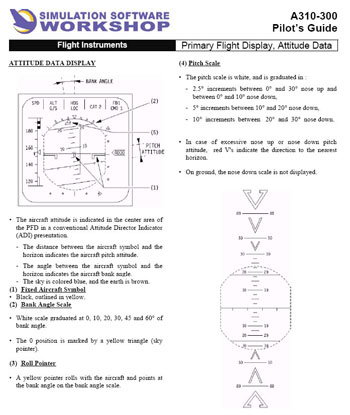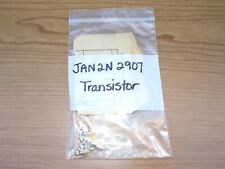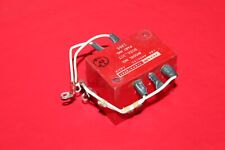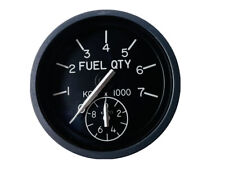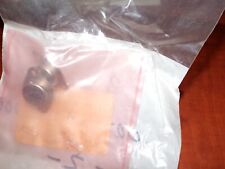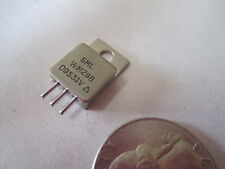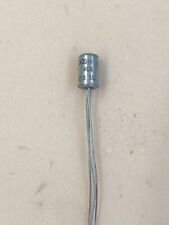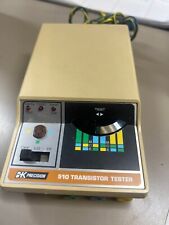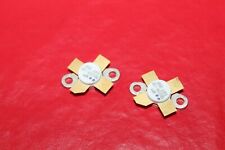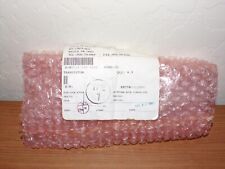Design Philosophy
On the topic of design philosophy there are many opinions, rumors and facts surrounding the debate between Airbus and Boeing. Sure, you run an aircraft into the trees at the end of a runway one time on video and you are stereotyped forever as an airplane that doesn’t listen to the pilot, but we should all stand back and take it in perspective. Both manufacturers have similar accident rates and of those accidents an overwhelming majority continues to be controlled flight into terrain or other human error factors.
I personally am a subscriber to the Airbus design philosophy that basically attempts to prevent an aircraft from getting into a situation where the control authority granted by a Boeing would perhaps get you out of it. There are several cases that show that computerized control over the flight regime can still result in an accident if the crew digs themselves into a large enough hole. A case in point is the 1994 crash of a China Airlines Airbus A310 in Nagoya; the accident report is interesting reading. A counter-point is that Airbus type automation might have saved the American Airlines Boeing 757 in Columbia by automatically retracting the speedbrakes during their terrain escape maneuver (they were left deployed). In both of the above examples the aircraft functioned as they were designed, it was the flight crews that misinterpreted the condition of their aircraft (yes, there are contributing factors as well). To paraphrase a popular advertising slogan used in the business “the best safety device in any aircraft is a well trained pilot”.
One editorial note: before I get 50 e-mails from people pointing to the 747 upset over the Pacific in which the aircraft descended out of control from 41,000′ to 9,500′ before a miraculous full control authority, airframe stressing recovery was made, I’d encourage you to read very carefully the cause of that accident.
Regarding competitive fairness, I’m sure the issue will be raised on the topic of government subsidy of aircraft manufacturers and I only have to say that while Airbus openly concedes it is governmentally subsidized, Boeing has received more than a little benefit by indirect subsidy by the U.S. Department of Defense. Unless you choose to believe that any innovation or discovery made while working on DoD contracts was swept under the carpet and not used in the commercial aircraft division <wink>. In 2003 Airbus finally overtook Boeing by delivering more aircraft and booking more orders than the beleaguered Boeing. This news only served to fuel the flames of pro-Boeing, anti-Airbus groups. Unfortunately, many of the arguments made by both sides defending their personal preference are often based on massaged data, nationalism, or just plain stubborn pride.
The Future
The most recent round in the battle of the heavyweights occurred last week as the prototype Airbus A380 took to the skies over Toulouse while Boeing, in a remarkable public relations coup, announced the booking of several new and substantial launch customers for their prospective Boeing 787. Even though the A380 was the first to fly, and will likely be the first on the market, it remains to be seen if Airbus will ever make a profit on the A380 with analysts estimating it will take sales of nearly 500 aircraft before Airbus will break even after the estimated $12 billion (US) program development cost. Perhaps hanging new engines on the 727 isn’t such a bad idea!
But this series of articles isn’t about politics or national pride; it is about four darn fine aircraft in real life and four excellent add-ons created by crack teams of dedicated flight simulator enthusiasts. Thank-you very much! Merci beaucoup!
I’m not an Airbus or Boeing pilot; as such I’m sure there are a few errors here and there in this series of articles. I tried to give each product a good working over, but learning four different aircraft with very realistic systems was, as you can imagine, a pretty tall order. Each product has many, many more features that I haven’t even touched on. It is likely they also have bugs that I didn’t encounter or recognize. The author humbly submits these facts and begs forgiveness for any oversights or errors; they are mine alone.
All screen captures were resized down from 1600 x 1200 and reduced in quality (.jpg) for the sake of bandwidth. Actual screens are far sharper and more detailed than those presented in this article.
We want your Feedback. Please let us know what you thought of this article here.
System Specs
- Toshiba 5205-S703 Notebook
- Pentium 4, 2.0 GHz / 512MB RAM
- NVIDIA GeForce 4-460 Go 64MB Mobility graphics chip
- Saitek X45 (for the Airbus A320)
- CH Flight Sim Yoke/Pedals (for the rest)
- 1280 x 1024 – no FSAA


